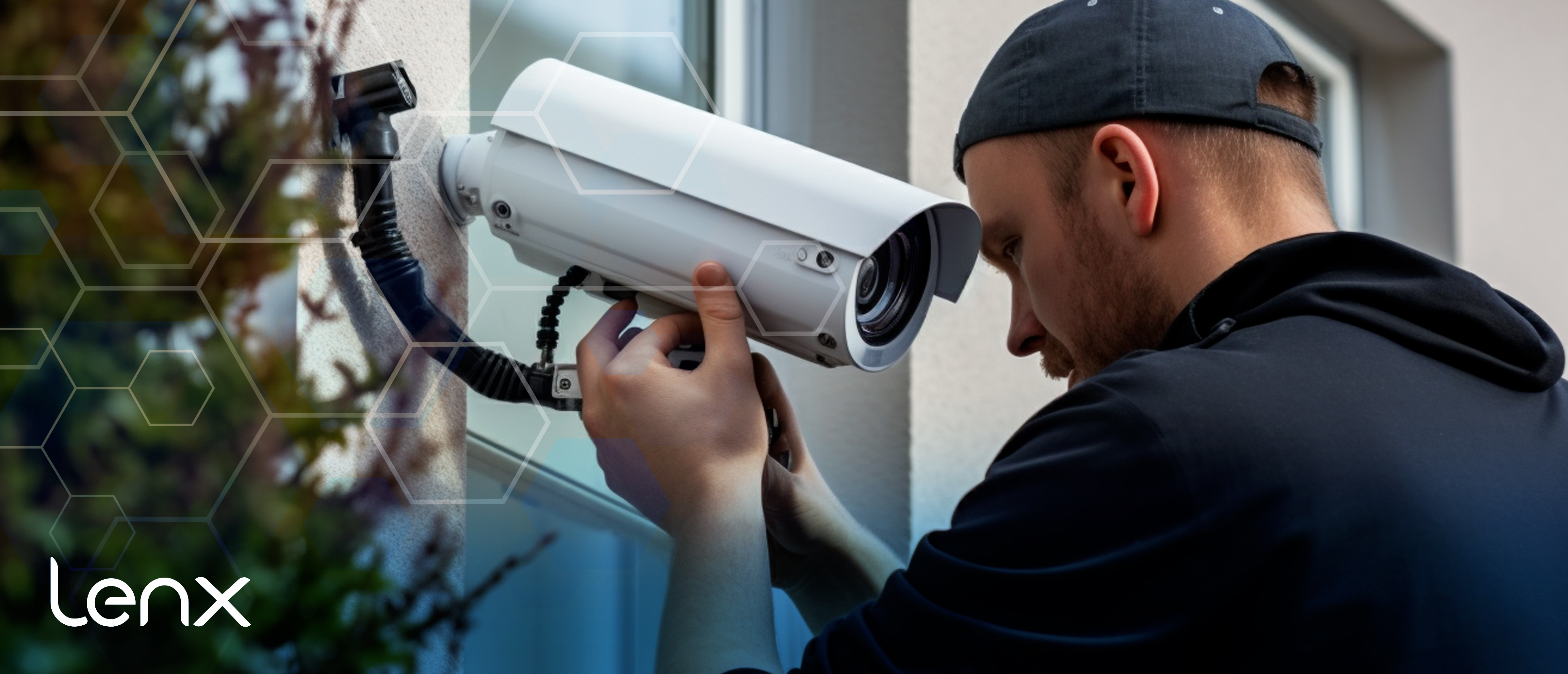
Why Better Camera Systems Mean Better AI Security, Active Shooter Detection Defense
In the realm of security, the role of artificial intelligence (AI) is rapidly evolving.
Advanced camera systems, integral to AI security, provide crucial visual data for threat analysis.
Particularly in the context of active shooter detection, these systems can make a significant difference. They can transform standard surveillance into smart systems capable of recognizing threats in real-time.
In this article, we delve into why better camera systems mean better AI security, and how they enhance active shooter detection and defense.
The Evolution of AI Security and Camera Systems
AI security has come a long way. It leverages artificial intelligence to enhance safety measures.
The integration of AI in camera systems has been a game-changer. It has led to quicker threat identification and alerting.
These systems can analyze vast amounts of data quickly and accurately. This ability is a significant part of AI safety measures.
As AI security continues to evolve, so does the sophistication of camera systems. They now distinguish between different types of firearms and other threats.
Active Shooter Detection: AI's Role in Rapid Response
Active shooter incidents are a critical concern. AI can play a significant role in early detection and response.
AI security apps can transform standard surveillance into smart systems. These systems are capable of recognizing threats like active shooters.
Active shooter detection systems can save lives. They do this by reducing response times during incidents.
AI-driven threat detection can work in various environments. From schools to public spaces, AI security is making a difference.
AI Security Apps: Transforming Surveillance into Smart Systems
AI security apps are revolutionizing surveillance. They turn standard systems into smart ones.
These apps use machine learning to identify threats. This includes recognizing firearms in real-time.
The integration of AI in security cameras leads to quicker threat identification. It also improves the speed of alerting relevant authorities.
AI safety measures include the ability to analyze vast amounts of data quickly. This accuracy is crucial for effective threat detection.
AI Gun Detection: The Technology Behind Real-Time Threat Identification
AI gun detection technology is a game-changer. It uses machine learning to identify firearms in real-time.
This technology is becoming more sophisticated. It can distinguish between different types of firearms.
AI-driven threat detection can work in various environments. Schools, public spaces, and businesses can all benefit.
Security detectors that use AI are less prone to false alarms. This is due to their advanced algorithms.
The Benefits of Integrating AI in Security Cameras
Integrating AI in security cameras leads to quicker threat identification. It also allows for faster alerting.
These systems can save lives by reducing response times. This is especially true during active shooter incidents.
AI security contributes to the overall situational awareness of security personnel. It provides them with crucial information in real-time.
Active Shooter Alarm Systems: AI-Powered Comprehensive Defense
Active shooter alarm systems powered by AI offer a comprehensive defense. They can integrate with other security measures.
These systems are less prone to false alarms due to their advanced algorithms. This increases their reliability during critical situations.
AI technology can disseminate active shooter alerts faster. It ensures the right people receive the alerts promptly.
Ethical Considerations and the Future of AI Security
The use of AI in security raises ethical implications. Privacy concerns are at the forefront. Responsible use of AI security systems requires human oversight.
The future of AI security technology holds promising developments. However, it's crucial to keep these systems updated to counter evolving threats.
Government regulations play a role in shaping AI security capabilities. Public-private partnerships can advance AI security solutions.
Conclusion: Investing in AI-Enhanced Camera Systems for Security
Investing in AI-enhanced camera systems can offer significant security benefits. The cost-benefit analysis favors such investments, especially considering the potential for loss during active shooter incidents.
AI security systems can integrate with existing infrastructure, making them a viable option for many institutions. Training for security personnel is necessary to maximize the benefits.
The global market trends indicate a growing demand for AI security solutions. As technology advances, AI security will continue to evolve, offering more sophisticated and reliable safety measures.

